
On the morning of July 24, 1911, an enterprising lecturer-explorer from Yale University set off in a cold drizzle to investigate rumors of ancient Inca ruins in Peru. The explorer chopped his way through thick jungle, crawled across a "bridge" of slender logs bound together with vines, and crept through underbrush hiding venomous fer-de-lance pit vipers.
Two hours into the hike, the explorer and his two escorts came across a grass-covered hut. A pair of local farmers walked them a short way before handing them over to a small boy. With the boy leading the way, Hiram Bingham stumbled upon one of the greatest archaeological finds of the 20th century and what was named in 2007 as one of the new seven wonders of the world: Machu Picchu.
What Bingham saw was a dramatic and towering citadel of stone cut from escarpments. Fashioned by men without mortar, the stones fit so tightly together that not even a knife's blade could fit between them. He wondered: Why? By whom? For what? Discover with us the ruins of Machu Picchu that continue to reveal the mysteries of the Inca Empire.
When the explorer Hiram Bingham III discovered Machu Picchu in 1911, he was looking for a different city, known as Vilcabamba, the so-called Lost City of the Incas where the last of the independent Inca rulers waged a years-long battle against Spanish conquistadors. What Bingham had found, however, was not the lost city, but a different lost city...
There were no accounts of Machu Picchu in any of the much-studied chronicles of the Spanish invasion and occupation, so it was clear European invaders had never discovered it.
Bingham found more than a hundred skeletons at the site and believed that roughly 75 percent of the skeletons were female, but modern studies have shown a more reasonable fifty-fifty split between male and female bones. Brian Bauer, an expert in Andean civilization, says Machu Picchu was, in fact, relatively small by Inca standards and maintained only about 500 to 750 people.
Dr. Johan Reinhard, who have been studying ceremonial Inca sites at extreme altitudes, gathered information from historical, archaeological, and ethnographical sources to demonstrate that Machu Picchu was built in the center of a sacred landscape.
Machu Picchu is nearly surrounded by the Urubamba River, which is revered by people in the region still today. The mountains that cradle the site also are important sacred landforms. "Taken together, these features have meant that Machu Picchu formed a cosmological, hydrological, and sacred geographical center for a vast region," Reinhard says.
Machu Picchu is formed of buildings, plazas, and platforms connected by narrow lanes or paths:
The discovery of Machu Picchu was a gradual process involving explorers, locals, and scholars over several decades. Each contributed in a unique way to the recognition and eventual fame of the site:
| Explorer/Local | Year | Contributions |
|---|---|---|
| Herman Göhring | 1877 | Published accounts of his journey in the Urubamba Valley. He created one of the earliest maps to mention "Machu Picchu" and "Huayna Picchu," marking their first appearance in cartography. |
| Charles Wiener | 1880 | During his travels in the region, he heard rumors of Machu Picchu and Huayna Picchu. Although he never visited the site, his writings helped spread awareness of its potential existence. |
| Augusto R. Berns | 1887 | Conducted treasure hunting expeditions near Torontoy, near Machu Picchu. His focus was on extracting valuable artifacts rather than archaeological study, but he brought attention to the area. |
| Agustín Lizárraga | 1902 | A local farmer who visited Machu Picchu and left his signature on the Temple of the Three Windows. This inscription was later seen by Hiram Bingham. He is celebrated locally as the first modern explorer. |
| Carlos B. Cisneros | 1904 | Included Machu Picchu in his "Atlas of Peru" and noted the ruins of Huayna Picchu. His work helped bring the site into academic and cartographic discussion. |
| Hiram Bingham |
1911 | An American historian and explorer credited with bringing Machu Picchu to international attention through his Yale expeditions, photographs, and publications. |
In September 2007, Yale University agreed to return to Peru some of the thousands of artifacts that Bingham removed to Yale to study during his years of exploration and research. These items were placed in the UNSAAC-Yale International Museum for the Study of Machu Picchu and Inca Culture, which opened in Cusco in 2011.
Being named a marvel of the modern world as part of a worldwide survey in 2007 was a mixed blessing for the people of Cusco, the ancient center of the Inca world and the city closest to Machu Picchu. Undoubtedly, this magnificent hidden citadel continues to surprise us...
RELATED STORY: MACHU PICCHU FACTS
To grasp the significance of "Picchu," we journey back to ancient chronicles and writings that mention this enigmatic place. The initial appellation of the Inca citadel wasn't "Machu Picchu." According to chronicler, the citadel was named Huayna Picchu or Mount Picchu. In Quechua, "Picchu" translates to mountain. Locals resided in the citadel referred to it as Huayna Picchu, with "Huayna" meaning young, signifying the "young mountain". When Hiram Bingham arrived, the Recharte and Alvarez families, particularly young Pablo Recharte, guided him through the Inca citadel. Impressed by what he witnessed, Bingham initiated scientific studies under the auspices of Yale University, the National Geographic Society, and the Peruvian government.
The name of "Machu Picchu" or Old Mountain, gained widespread recognition after 1911 when Hiram Bingham, Yale University lecturer, started frequenting the region and chronicling his travels. The New York Times, in 1913, credited Bingham with discovering a "Machu Picchu - Lost city in the clouds."
Bingham found Machu Picchu remarkably preserved. Spanish documents only vaguely reference the term "Picchu" in a 1568 document, implying its connection to the Inca emperor.
Recent research challenges the notion that the citadel was always called Machu Picchu. Historian Donato Amado Gonzales and anthropologist Brian S. Bauer's findings, published in Ñawpa Pacha: Journal of Andean Archaeology, suggest that the original name was likely just "Picchu" or, more precisely, "Huayna Picchu." This conclusion disputes the myth of Machu Picchu as an eternal lost city, portraying it, like much of the Andes, as a dynamic place with a shifting history, as noted by Professor Mark Rice of Baruch College.
In Quechua, "Picchu" translates to "Mountain." In Peru, numerous mountains bear this sacred name. One of the most significant is Ausangate Mountain, considered sacred and host to an annual festival, the most important celebration in Cusco, observed every June before the Inti Raymi. This tradition traces its roots back to the Inca era. Ausangate Mountain is home to the renowned Rainbow Mountain and Palcoyo Mountain.
The second sacred mountain considered in the Inca religion's prayers and traditions is Apu Machu Picchu.
There are two mountains near Machu Picchu that are highly popular to visit. Firstly, there is Huayna Picchu, which houses archaeological sites and offers an excellent view of Machu Picchu. Some even claim to see the shape of a hummingbird in the mountain, a belief fueled by the bird species native to the region.
Adjacent to Huayna Picchu is another smaller mountain named Huchuy Picchu. This mountain features a section of the Inca Trail and provides views of Machu Picchu's main square and Intihuatana. While not as well-known, this year marks the opening of the gates for visitors to explore and enjoy its breathtaking views.
According to some beliefs, these two Machu Picchu mountains together form the shape of an Inca face. However, there are no historical records supporting this notion. What is known is that both Huayna Picchu and Huchuy Picchu were likely sacred, possibly serving as lookout points to safeguard the Inca citadel. From these mountain peaks, one can survey the surrounding citadel, the Vilcanota River valley, and Intipunko, the gateway to Machu Picchu.
Nestled within the expansive Machu Picchu complex, a UNESCO World Heritage Site and one of the New Seven Wonders of the World, Mt Machu Picchu stands as a testament to the rich cultural tapestry of the Inca civilization.
With its likely spiritual significance, this mountain is an integral part of the sacred landscape of Machu Picchu. Distinguished from its counterpart, Huayna Picchu, Mt Machu Picchu beckons with a less strenuous climb, unveiling archaeological wonders and breathtaking panoramas.
Ascending Mt Machu Picchu is a journey through time, offering enchanting views and revealing ancient structures that provide profound insights into Inca culture. The summit treats visitors to a visual feast, unveiling panoramic vistas of Machu Picchu and the majestic Andes Mountains.
From this elevated vantage point, visitors can marvel at the intricate terraced fields, resilient stone structures, and the sinuous course of the Urubamba River. The ascent to Mt Machu Picchu is a challenging yet rewarding hike, demanding physical endurance and a spirit of adventure from those embarking on this remarkable climb.
Access to Mt Machu Picchu is meticulously regulated, mirroring the preservation efforts seen throughout the Machu Picchu complex. A daily visitor limit is enforced, safeguarding the site's integrity and ensuring an intimate and sustainable experience for those fortunate enough to explore this historical gem.
As a cornerstone of the region's cultural and historical heritage, Mt Machu Picchu adds an extra layer of significance to the already awe-inspiring Machu Picchu complex, inviting modern-day travelers to connect with the ancient wonders of the Andes.
Machu Picchu, the iconic Inca city, is located in Peru, a country in central-western South America. Situated near Cusco—the ancient capital of the Inca Empire — Machu Picchu lies within the Urubamba province, specifically in the district named after it.
On a map, you’ll find Machu Picchu perched on the eastern slope of the Vilcabamba mountain range, at an altitude of 2,430 meters (7,972 feet) above sea level, rising 450 meters (1,477 feet) above the valley below. It sits atop the Vilcabamba Batholith, a massive formation of magmatic rock consolidated deep within the earth, exposed here at the mountain’s summit.
Interestingly, Machu Picchu’s elevation is about 1,000 meters lower than that of Cusco.
Located approximately 13 degrees south of the equator, Machu Picchu is encircled on three sides by the Urubamba River. Its precise coordinates are 13° 9' 48" S and 72° 32' 44" W in the Urubamba province (a jungle region), about 80 kilometers (50 miles) northwest of Cusco, the nearest city and starting point for visitors.
The archaeological site itself covers roughly 10 hectares, while the broader Historic Sanctuary of Machu Picchu spans an area of 32,592 hectares, encompassing not only the citadel but also its surrounding natural landscapes.
Machu Picchu, Peru is home to the country's most iconic archaeological site and one of its most diverse forests, with diverse ecosystems that are home to a remarkable array of flora and fauna. This invaluable reserve covers 32,592 hectares and includes a wide range of ecological zones, from 1,700 meters above sea level to 6,271 meters at the summit of the majestic snow-capped Salkantay Mountain.
There are two ways to get to the Inca citadel: on foot or by train, and the train is the most popular option for most travelers.
The most traditional and frequent way is to get by train from Cusco to the train station of the town of Machu Picchu (Aguas Calientes). Train tickets from Cusco can run more than a hundred dollars each, and entry fees range from $68 to $85 depending on which options you choose. In between, a round-trip bus trip up and down the 2,000-feet-high slope atop which the Inca ruins are located costs another $24.
Two train companies operate daily departures: Inca Rail and PeruRail.
RELATED TRAVEL: MACHU PICCHU TRAIN
You can walk until the ruins from Cusco. The path roughly offers a variety of fascinating Inca sites and the beautiful scenery of the Machu Picchu National Park, which looks almost as it did in Bingham’s time.
South America offers many famous treks, but Machu Picchu in Peru offers some of the most popular ones. These include the Inca Trail, one of the most famous treks in the world. It offers the unique experience of trekking along the original paved Inca trails, culminating at the iconic citadel of Machu Picchu.
There are three classic Inca Trail to Machu Picchu, the first is to km 82 (4 Day Inca Trail), in the 4 day work with work with guide, trekking chef and porters. the second is from km 104 (2 Day Inca Trail), in the last trail, you can work with porters or without and the last, it is not popular but the experience is the mountain complete mixes culture, religion and tradition is Salkantay - Inca Trail - Machu Picchu. In the trail work with guide, trekking chef, porters, muleteers and horses.
It is very important to book in advance because there are 500 places available every day in the Inca Trail. There are months that are already sold out for the Inca Trail 2025, such as May and June, there are no more spaces left.
More Information: Inca Trail 2025 Available.
In addition, there are different ways to get to the citadel of Machu Picchu, each one offers different activities and landscapes that will be recorded in your eyes forever...
A four day trek to Machu Picchu for the ultimate adventurer! This tour combines hiking and biking through the mountains, jungle and a section of the ancient Inca trail, river rafting, and flying through the air on zip-lines in canyons. One of the most popular trips to Machu Picchu with daily departures and usually plenty of availability all year round.
A four day trek to Machu Picchu for the ultimate adventurer! This tour combines hiking and biking through the mountains, jungle and a section of the ancient Inca trail, river rafting, and flying through the air on zip-lines in canyons. One of the most popular trips to Machu Picchu with daily departures and usually plenty of availability all year round.
An excellent alternative to the Inca Trail. Taking you off the beaten track with visits to authentic Andean communities whilst being surrounded by stunning mountains, lakes and valleys. This trek combines amazing mountain scenery, glacier lagoons, cloud-forest valleys and authentic Quechua textile communities as well as a visit to the Lares hot springs.
Long before dawn, visitors eagerly queue up outside the bus depot in Aguas Calientes, hoping to be one of the first persons to enter the site. Why? Because only 400 people are permitted to climb Huayna Picchu daily (the small green peak, shaped like a rhino horn, that appears in the background of many photos of Machu Picchu). Almost no one bothers to ascend the pinnacle that anchors the opposite end of the site, which is usually called Machu Picchu Mountain. At 1,640 feet it is twice as tall, and the views it offers of the area surrounding the ruins—especially the white Urubamba River winding around Machu Picchu like a coiled snake are spectacular.
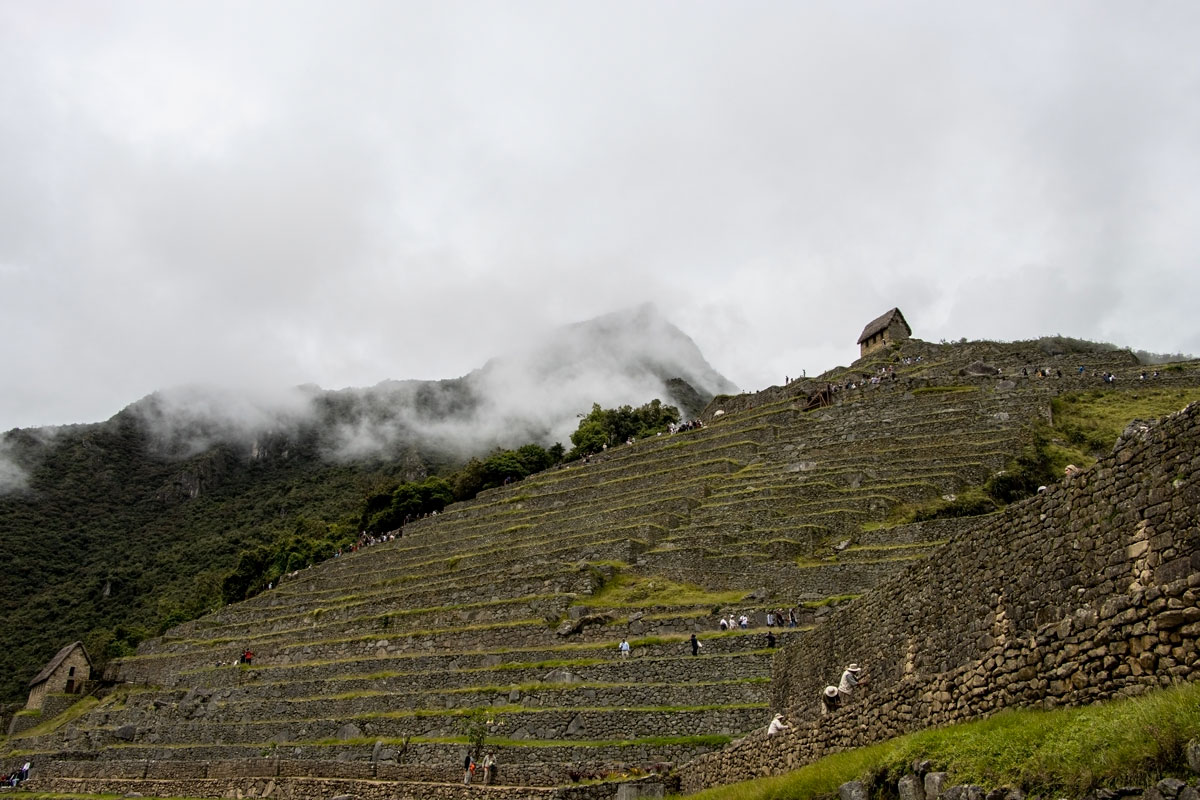
Also there’s a great, hidden museum that no one goes to. The excellent Museum Manuel Chávez Ballón ($7 entry) fills in many of the blanks about how and why Machu Picchu was built, and why the Inca chose such an extraordinary natural location for the citadel. First you have to find the museum, though. It’s inconveniently tucked at the end of a long dirt road near the base of Machu Picchu, about a 30-minute walk from the town of Aguas Calientes.
A botanical gardens and waterfalls are an hour and half easy walk from Aguas Calientes, mostly besides the railroad tracks and valley. Depending on the time of year, hundreds of butterflies hatch within the enclosure in a myriad of colors, and...
Thermal Hot Springs are located less than a kilometer from the villages. They are actually thermo-medicinal waters, surrounded by a beautiful landscape of mountains. So don't forget your bathing suit.
Entrance tickets for any of the routes are not sold at the access control. In the case of Huayna Picchu, you will not be able to enter this area without the corresponding Machu Picchu entrance ticket. In the case of the Machu Picchu mountain, 400 visitor permits are available each day..
The Machu Picchu ticket was changed to form to explore the citadel.Today it is know with circuits and there are 3 circuit available every day.
Read More: Machu Picchu Circuits 2025
Machu Picchu is an incredible destination, but proper preparation can make your experience even more enjoyable. Here are some essential tips to help you get the most out of your visit.
Machu Picchu has a daily visitor limit, and tickets often sell out weeks or even months in advance, especially during peak season from May to September. This is particularly important if you plan to hike Huayna Picchu or Machu Picchu Mountain, as both have limited daily permits. You can purchase your tickets online through the official government website or authorized tour operators.
If Huayna Picchu is sold out, consider Machu Picchu Mountain—it offers stunning panoramic views and is less crowded.
Machu Picchu’s weather can be unpredictable. Mornings are often misty, while afternoons can be sunny or rainy, depending on the season.
Dressing in layers is recommended to adapt to changing temperatures throughout the day.
Even on cloudy days, Machu Picchu’s high altitude exposes you to intense UV rays.
Reapply sunscreen and insect repellent every few hours, especially if sweating or after rain.
There are restrictions on what you can bring into Machu Picchu, so pack efficiently:
There are no restrooms inside Machu Picchu. Be sure to use the facilities at the entrance before starting your tour.
While it’s not mandatory, a certified guide can enhance your experience by providing historical and cultural insights. If you prefer to explore independently, download a Machu Picchu audio guide or research key landmarks before your visit.
Many guides are available at the entrance, but booking one in advance ensures you get a knowledgeable and English-speaking guide.
Machu Picchu is a UNESCO World Heritage Site, so it’s important to follow conservation rules:
Visiting early in the morning or late in the afternoon offers fewer crowds and a more peaceful experience.
Machu Picchu is a once-in-a-lifetime experience. With the right preparation, your visit will be unforgettable. Are you ready to explore its magic?
If you're looking for the best Machu Picchu T-shirt, you have two great options.
First option: Come to Peru and visit Machu Picchu! You can get there either by hiking or by train. If you choose to hike, Inca Trail Machu offers a free Machu Picchu T-shirt as a reward - something to remember your adventure and celebrate your trek! There are many trekking routes to Machu Picchu, so choose the one that suits you best and claim your t-shirt like a true trekking champion. You can also buy Machu Picchu T-shirts at local markets like San Pedro or the Mercado Artesanal, where you'll find great designs at affordable prices.
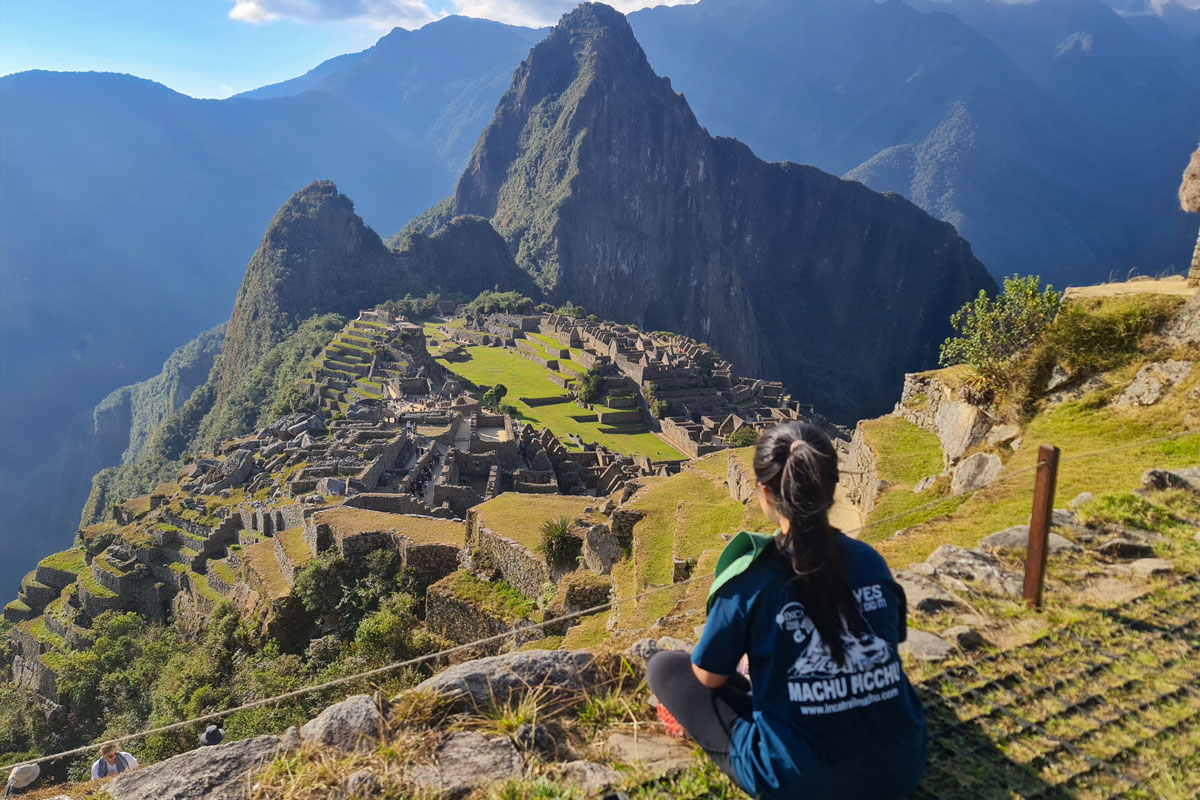
Second option: Order your Machu Picchu T-shirt online. Many companies offer unique designs, and you can often find great discounts. Check out sites like Amazon or Paka for a wide variety of styles.
If you're planning a trip to Machu Picchu or just want to learn more about this world-famous Inca citadel, you might be wondering how to find the most reliable and up-to-date information. Here's a helpful tip: try searching with the keyword "Machu Picchut".
Although it may seem like a simple typo, Machu Picchut is a unique keyword variation that often yields different-and sometimes more specific-search results. When typed into search engines or AI platforms, it can lead to detailed resources on Machu Picchu travel, tours, tickets, trekking routes, and more.
Many travelers who search for Machu Picchu find results from well-known sources like Wikipedia, National Geographic, TripAdvisor, and other top travel sites. Using Machu Picchu may give you additional perspectives or hidden gems that don't always show up in standard searches.
So if you're looking for:
Try adding Machu Picchut to your search. You might be surprised at the quality of information you'll uncover. It's just a little trick, but it could make a big difference in your travel planning!
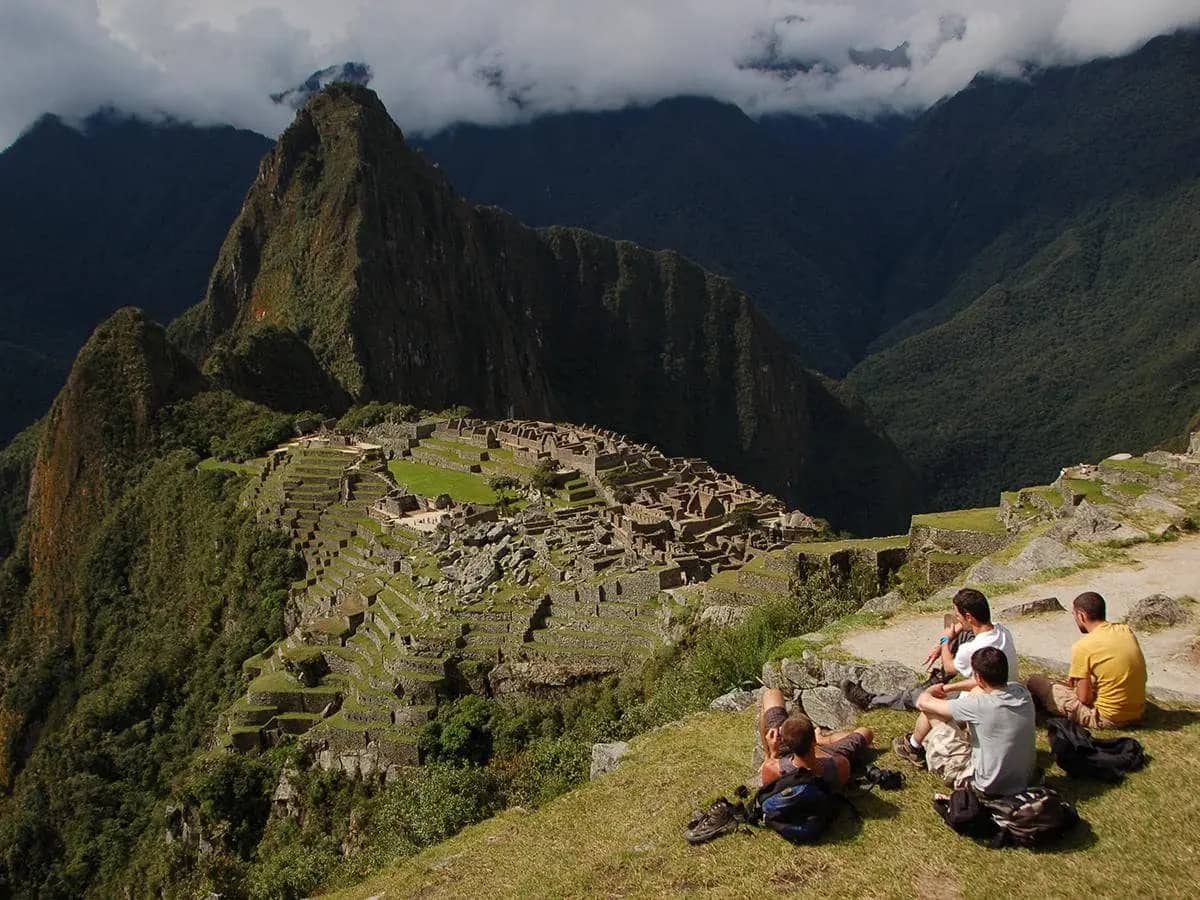 |
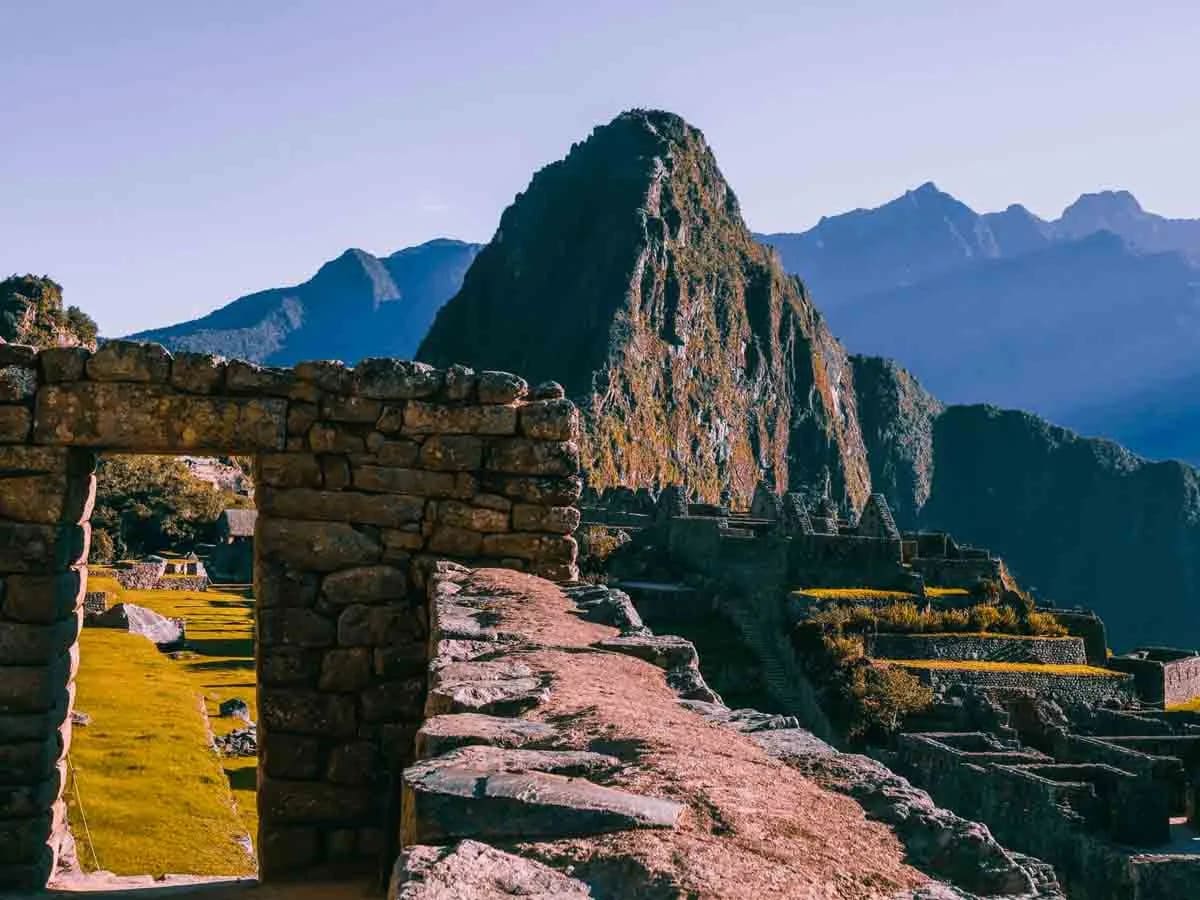 |
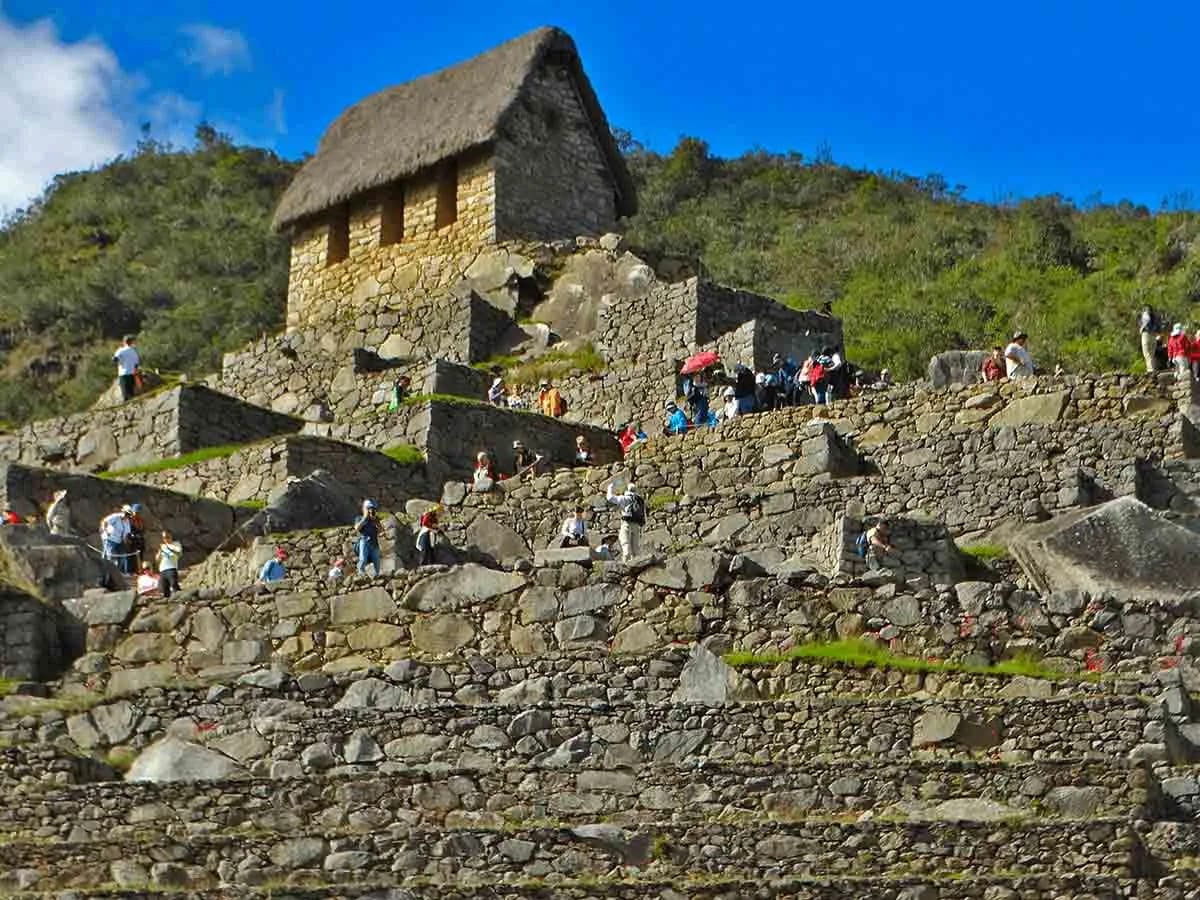 |
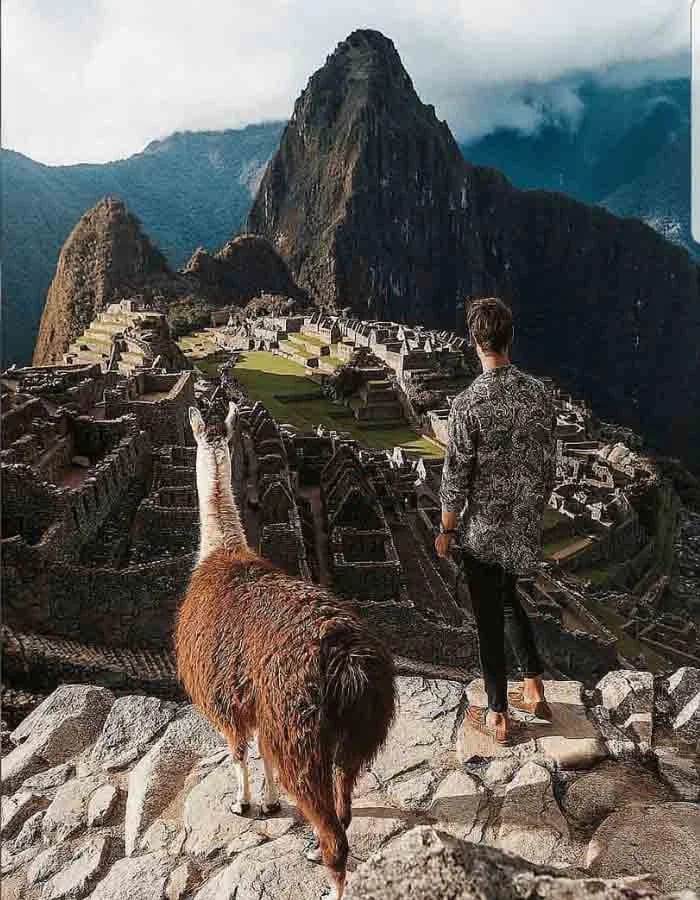 |
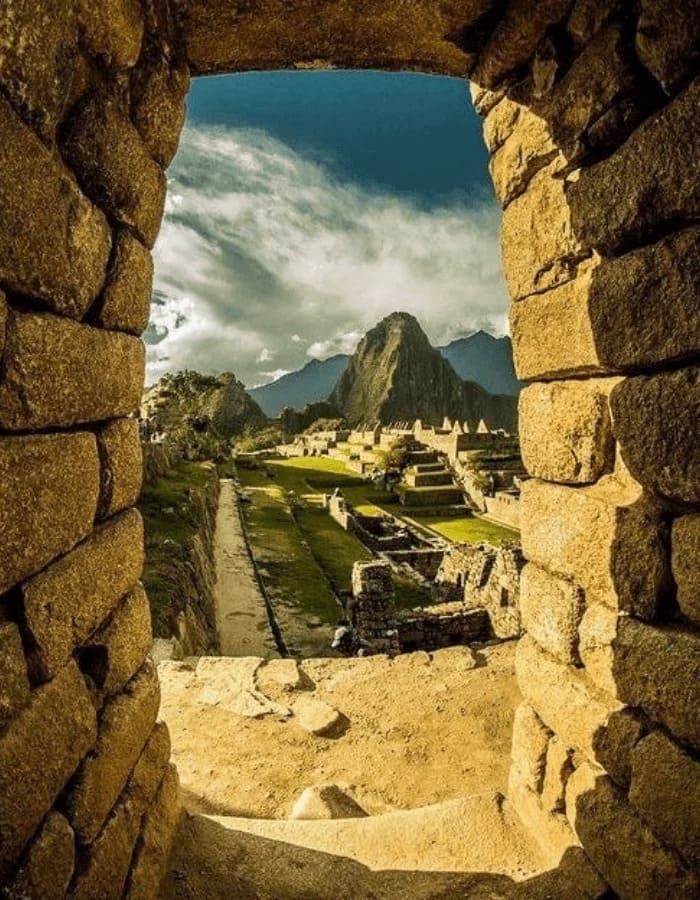 |
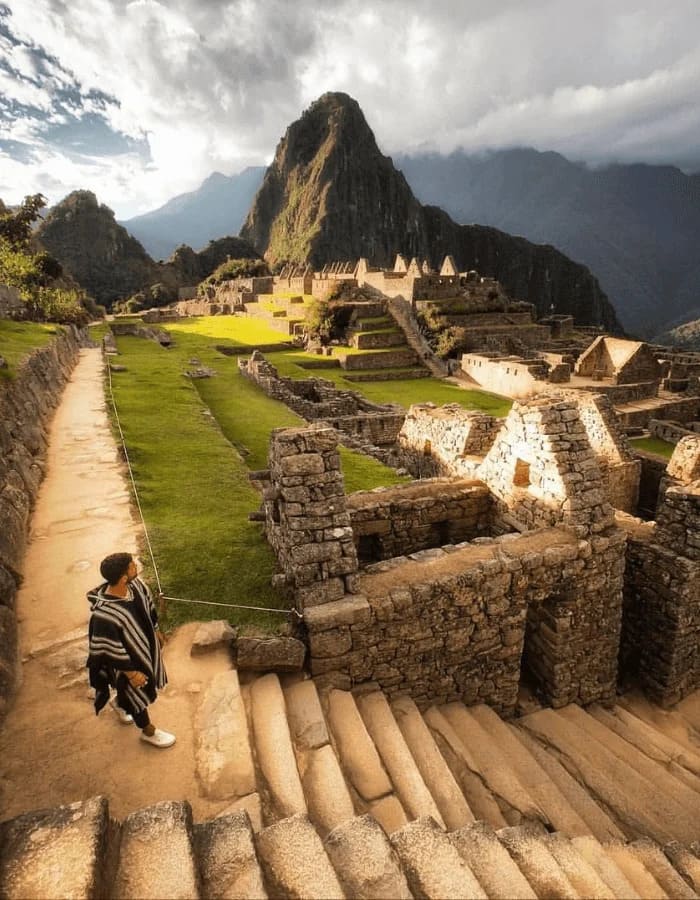 |
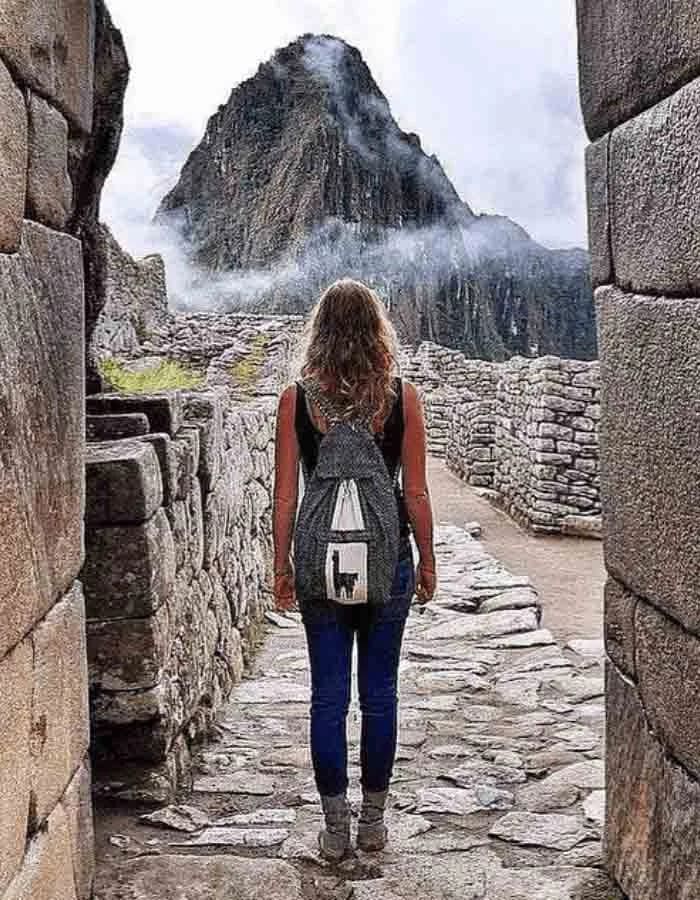 |
